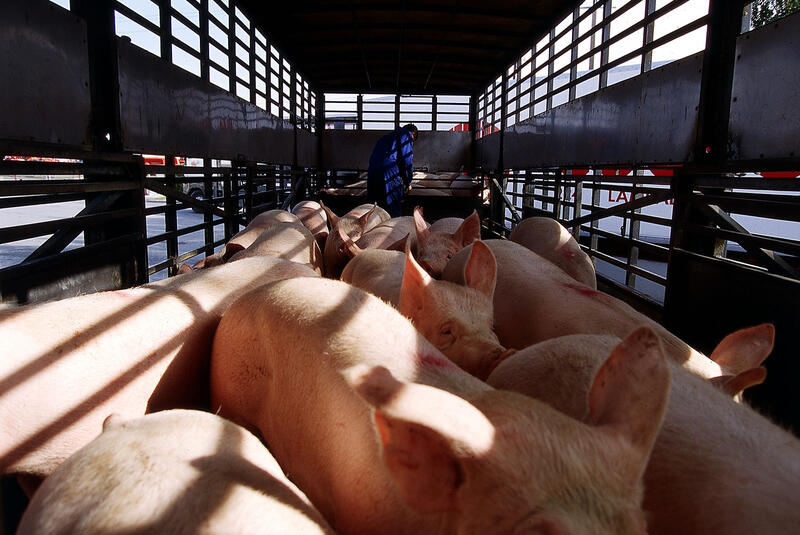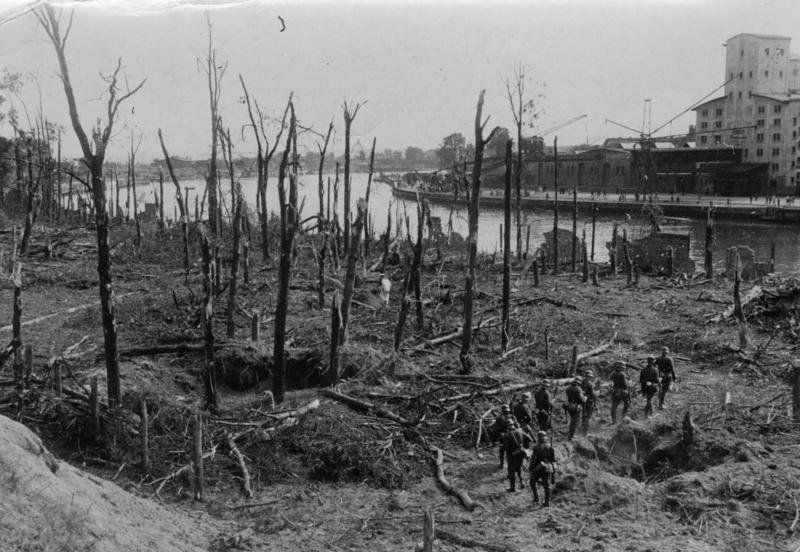-
Bohaterstwo, które podziwiał świat. „W..
POLSKA3 lata temu -
Neon24 – ruska V kolumna
POLSKA3 lata temu -
Nowe osoby w Zarządzie Amiblu
BIZNES3 lata temu -
Mechanizm warunkowości – krok ku Homo Eu..
POLSKA3 lata temu -
Wściekłe i wulgarne „Lemparcice” ..
POLSKA4 lata temu -
Rolnicze poparcie dla prezesa Elewarru – ..
NEWS4 lata temu -
Bohaterstwo, które podziwiał świat. „W..
POLSKA3 lata temu -
Neon24 – ruska V kolumna
POLSKA3 lata temu -
Nowe osoby w Zarządzie Amiblu
BIZNES3 lata temu -
Mechanizm warunkowości – krok ku Homo Eu..
POLSKA3 lata temu -
Wściekłe i wulgarne „Lemparcice” ..
POLSKA4 lata temu -
Rolnicze poparcie dla prezesa Elewarru – ..
NEWS4 lata temu -
Bohaterstwo, które podziwiał świat. „W..
POLSKA3 lata temu -
Neon24 – ruska V kolumna
POLSKA3 lata temu -
Nowe osoby w Zarządzie Amiblu
BIZNES3 lata temu -
Mechanizm warunkowości – krok ku Homo Eu..
POLSKA3 lata temu -
Wściekłe i wulgarne „Lemparcice” ..
POLSKA4 lata temu -
Rolnicze poparcie dla prezesa Elewarru – ..
NEWS4 lata temu -
Bohaterstwo, które podziwiał świat. „W..
POLSKA3 lata temu -
Neon24 – ruska V kolumna
POLSKA3 lata temu -
Nowe osoby w Zarządzie Amiblu
BIZNES3 lata temu -
Mechanizm warunkowości – krok ku Homo Eu..
POLSKA3 lata temu -
Wściekłe i wulgarne „Lemparcice” ..
POLSKA4 lata temu -
Rolnicze poparcie dla prezesa Elewarru – ..
NEWS4 lata temu
Coolant failure and MOX fuel at Fukushima

Coolant failure now reported in No. 2 unit [W Japonii był wybuch CHEMICZNYEJ. Jednak wyjaśnienia tutejszej (PL) Agencji Atomistyki są na poziomie wyjaśnień po Czarnobylu. ============ 14 marca: donoszą o TRZECIM WYBUCHU wodoru w elektrowni atomowej Fukushima . Rdzenie muszą więc być bez chłodzenia, bo dysocjacja wody następuje w bardzo wysokich temperaturach.W Polsce jakiś utytułowany dureń mówi: Energetyka jądrowa jest z roku na rok bezpieczniejsza i nie ma dla niej lepszej alternatywy. Zbrodnicza pycha [mam pewne wiadomości z “The Japan Times” z 23 sierpnia 2010, że reaktor nr. 3 został załadowany paliwem MOX,powstającym z re-processingu plutonu i uranu z wypalonych prętów paliwowych. Ponieważ jest to paliwo budzące od lat ogromne protesty specjalistów, trzymane to było w tajemnicy.Mirosław Dakowski. Por.http://www.scribd.com/full/50670006?access_key=key-icrqoow3i23r3qf3nil ] […]
Coolant failure now reported in No. 2 unit
[W Japonii był wybuch CHEMICZNYEJ. Jednak wyjaśnienia tutejszej (PL) Agencji Atomistyki są na poziomie wyjaśnień po Czarnobylu.
============
14 marca: donoszą o TRZECIM WYBUCHU wodoru w W Polsce jakiś utytułowany dureń mówi: Energetyka jądrowa jest z roku na rok bezpieczniejsza i nie ma dla niej lepszej alternatywy. Zbrodnicza pycha
[mam pewne wiadomości z “The Japan Times” z 23 sierpnia 2010, że reaktor nr. 3 został załadowany paliwem MOX,powstającym z re-processingu plutonu i uranu z wypalonych prętów paliwowych. Ponieważ jest to paliwo budzące od lat ogromne protesty specjalistów, trzymane to było w tajemnicy.Mirosław Dakowski.
Por.http://www.scribd.com/full/50670006?access_key=key-icrqoow3i23r3qf3nil ]
Monday, March 14, 2011 Another reactor cover blows off
http://search.japantimes.co.jp/cgi-bin/nn20110314x6.html
ByKANAKO TAKAHARAStaff writer
Another hydrogen explosion occurred Monday at the earthquake-hitFukushimaNo. 1 nuclear power station, this time blowing off the housing of the No. 3 reactor and injuring 11 people. The cooling system at its No. 2 reactor also failed.
Chief Cabinet Secretary Yukio Edano gave assurances that the No. 3 reactor’s containment vessel survived the explosion, just like the one at the No. 1 reactor, which blew up its housing on Saturday.
Tokyo Electric Power Co., struggling to cool down all three reactors, said the water level in the No. 2 reactor is still above the fuel rods, but officials are scrambling to prevent a meltdown.
The latest hydrogen explosion came as the government – confronted by the massive rescue and body retrieval operation all along the Tohoku region coast, and the threat of massive power outages in the Kanto region – scrambled to prevent a nuclear meltdown that could be triggered by overheating fuel rods.
Like Saturday’s explosion, Monday’s 11:01 a.m. blast at the No. 3 reactor spewed smoke from the building and left only sections of the internal frame visible.
The No. 3 reactor’s fuel rods heated up, reacted with water and caused the release of hydrogen gas, which accumulated and mixed with oxygen to trigger the blast.
Tepco officials had considered removing all the wall panels to reduce the pressure inside but felt such a move would be too dangerous.
Tepco has been pumping seawater into the three reactors in a desperate bid to cool them down. But the utility had to temporarily suspend the operation after its seawater storage tank ran dry, apparently resulting in the fuel rods heating up.
The seawater injection stopped at around 1 a.m. due to the water tank shortage but resumed for the No. 3 reactor at 3:20 a.m., according to the nuclear safety agency.
The halt of coolant water injections apparently caused pressure in the reactor container to rise. It also caused radiation at the plant to climb as well, the agency said.
Tepco at one point planned to release radioactive steam from the No. 3 reactor container to depressurize it and ordered workers to vacate the site. But as the pressure later receded, workers resumed operations at the site, according to the agency.
The government had warned that this kind of blast was likely to occur.
Because of the explosion, the government told about 500 residents within a 20-km radius of the plant who were in the process of evacuating to get back indoors for the time being.
"According to the data we have gathered, the reactor container remains sound," Edano told a hastily arranged news conference, adding that radiation levels measured at several locations have not shown a massive leak.
For now, the agency has ruled out widening the evacuation zone.
On Monday, radiation on the plant’s premises rose over the benchmark limit of 500 microsieverts per hour at two locations, hitting 751 microsieverts at the first location at 2:20 a.m. and 650 at the second at 2:40 a.m., according to the report.
The hourly amounts are more than half the 1,000 microsieverts people would normally be exposed to in a year.
The maximum level detected so far around the plant was 1,557.5 microsieverts Sunday.
Edano said pressure in the No. 1 reactor container has been stable and seawater injections will resume later.
The Fukushima No. 1 nuclear plant has been shut down since Friday’s magnitude 9.0 quake struck northeastern and easternJapan.
Information from Kyodo added

























